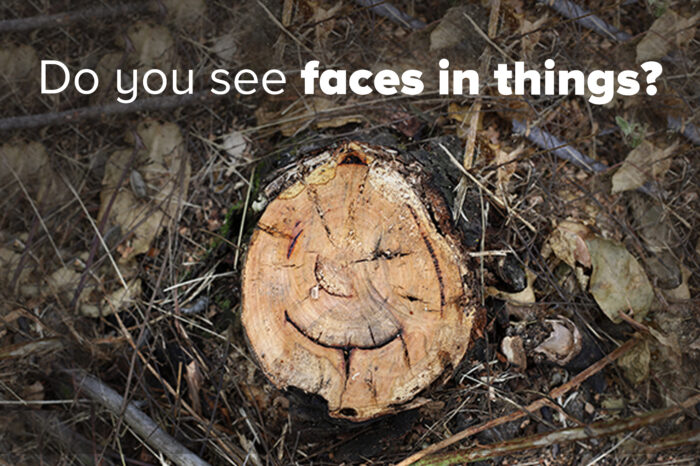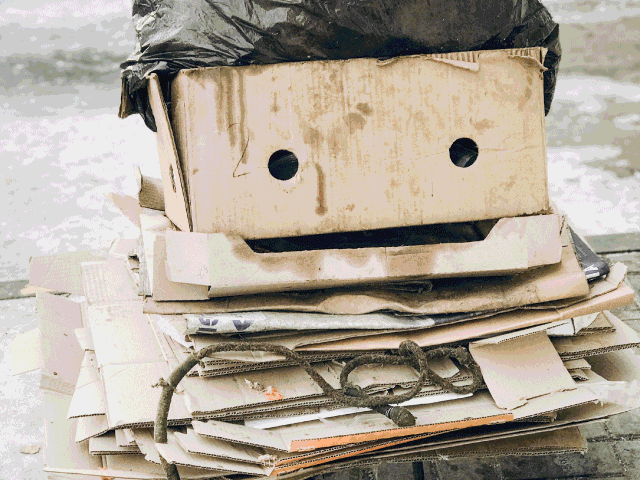
We often hear about people seeing faces in the most unexpected and unusual objects around us— like some seeing Jesus’ face on a piece of toast or Elvis’ face on a potato chip! There are several accounts on social media devoted to this curious phenomenon where people post ‘faces’ they see in objects around them.
Although it sounds strange, these sightings—called ‘Face pareidolia’—are extremely common. Children often lay around on lawns spending hours spotting faces in clouds, but why do we see faces everywhere even when there are none? What is so special about a ‘face’ that our brain creates such illusions? What goes on in our brains when this happens?
Let’s explore!

You might be wondering why faces are so important to the brain that we see them even when there are none. Since we evolved from hunter-gatherer societies, human survival has been extremely dependent on social interactions and cooperation. So, maintaining a mental record of our social relationships and networks is crucial to our survival, which in turn, depends on our ability to identify, memorise and keep track of our peers; for that, we rely on our recognition of faces.
Face recognition became crucial to our survival since human faces started becoming more and more diverse in appearance throughout our evolution! Our brains evolved too to identify human faces as visual stimuli, which became a form of survival. In other words, our brains innately have a separate department set up to identify faces, called the Fusiform Face Area (FFA).
Clearly, all of this points to the fact that failure to recognise a face can have a heavy impact on human survival.

The phenomenon of face pareidolia is not just extremely common, but it is also more evolutionarily primitive than previously thought.
The brain has two methods of processing input (including faces). We can focus our attention on an object consciously and process the incoming sensory information from it. For example, when we meet an old friend from school and try to recognise them by their face. This is called top-down processing.
The second method is more automatic and has no conscious control, as the brain scans the environment for any important incoming sensory information or patterns without devoting attention to it. Seeing faces in a cloud is a good example of the result of this type of processing, called bottom-up processing. Because this process is unconscious and automatic, even when we consciously know that there is no face in the cloud, we can’t stop seeing it!
In the case of bottom-up processing, the incoming sensory information must be matched with a previously learned set of labels or categories for identification. In simple terms, the process includes comparing something you saw earlier with a present object. If a pattern looks like a ‘face’, the information must be passed on to face-processing brain regions that will identify it.
Face pareidolia has been thought to be a case where a mismatch of labels for objects happens during bottom-up processing in the brain. If the brain sees ‘toast,’ but mistakenly labels it as a ‘face,’ and passes the signal to face-processing brain regions, the result could be spotting mysterious faces on our food!
The brain makes far more mistakes mislabeling objects as faces because we have much less to lose if we don’t recognise an object properly, as opposed to the face of a friend or foe! Evolutionarily speaking, your error in not recognising a potato chip as such is not fatal, but not recognising your enemy might be deadly!
Raza has been writing since 2008, be it fiction, poetry, or articles on science, politics, and history. He believes that words can change the world, and he uses them to inspire and empower people through his writing. When he is not working, he is watching nature documentaries or playing with his cats.